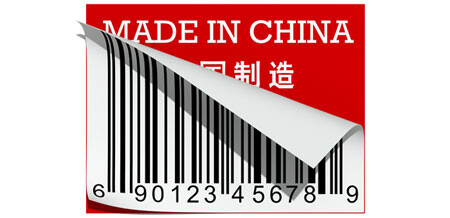
Many Americans, including those in Congress, have a myopic view of the Asia-Pacific region.
They only see China, but as the recently concluded Asia-Pacific Economic Cooperation (APEC) meeting in Honolulu illustrated, we have 21 important trading partners with shores bordering the Pacific Ocean.
To concentrate solely on China ignores the robust trading relationships the U.S. has with Asian nations. APEC, besides the United States, consists of Australia, Brunei, Canada, Chile, China, Hong Kong, Indonesia, Japan, South Korea, Malaysia, Mexico, New Zealand, Papua New Guinea, Peru, the Philippines, Russia, Singapore, Taiwan, Thailand and Vietnam.
For example, during the most recent APEC summit, the United States Trade Representative Ron Kirk and Philippine Secretary of Trade and Industry Gregory Domingo signed a customs administration and trade facilitation agreement. The Philippines is already an important U.S. trading partner, with two-way goods and services trade last year of $20 billion.
Lest we forget, just recently the U.S. finally ratified a lingering free trade agreement with South Korea that is estimated to support 70,000 new American jobs. And that’s just for starters, as South Korea is our eighth largest trading partner and our most important free trade agreement since NAFTA.
APEC is hammering home the benefits of trade. Trade creates U.S. jobs and strengthens the economies of the U.S. and its trading partners. The Asia-Pacific region is the largest market in the world for U.S. exports and consumes over 70 percent of U.S. agricultural exports. This is something that cannot be ignored.
According to reports from the summit, the leaders agreed to adopt market-driven innovation policies, reduce tariffs and eliminate other barriers to trade in environmental goods and services, and improve regulation to reduce unnecessary burdens on businesses. This is good news for U.S. manufacturers.
The U.S. has maintained an open market for other nations, but many of our trading partners impose tariffs and other regulations that make American products prohibitively expensive.
The question is; why did it take President Barack Obama so long to embrace the benefits of trade?
It was encouraging when he vowed during his 2009 State of the Union Address to double exports within five years. He then did nothing to make it happen. Instead, he let labor unions continue their ill-informed diatribes that exports destroy American jobs.
This is nonsense.
With our 17 current free trade partners, we have a trade surplus; setting aside imports of oil and gas. When American manufacturers have access to foreign markets, in the same way that foreign manufacturers have access to the U.S. market, amazing things happen. We perform exceedingly well. What more proof do we need?
Now that Obama is in full re-election mode, the labor union bosses seem to be ratcheting down the rhetoric of their anti-trade demagoguery, at the behest we assume, of Obama’s advisers. They realize that unless the U.S. can quickly find some jobs, Obama has no chance to get re-elected. They are playing along for now.
What was particularly interesting about the summit was that in his opening remarks, Obama did not mention China. This was seen as a way to mollify smaller Asian nations that fear China’s power and its influence on the U.S.
The U.S. certainly can’t ignore China, since they hold so much U.S. debt. And their currency manipulation, excessive tariffs, and theft of American intellectual property are major concerns.
But China in no way reflects or represents the mutually beneficial trade agreements we have with the rest of the world. We have nothing to fear and everything to gain from trade with Asia. We cannot allow a growing animosity toward China to diminish America’s resolve to seek closer ties with our trading partners in Asia and around the world.
We have a choice. We can stick our heads in the sand and build walls around our economy. Or we can go out in the world and compete. An isolated America is a weaker America.
That’s why it will take a true American commitment to free enterprise and free trade. It needs to be more than a re-election ruse. It needs to be the core of an American policy priority that starts with a vision of a strong and prosperous America competing freely and fairly.
Supporting engagement with our trading partners that strengthens the American manufacturing base is the solution to U.S. job creation. It starts with Asia, but it spreads everywhere.
“Made in America” means something in the world. And it should mean something to every member of Congress and every citizen.
DEC



